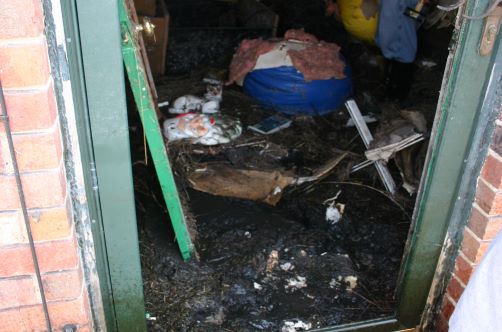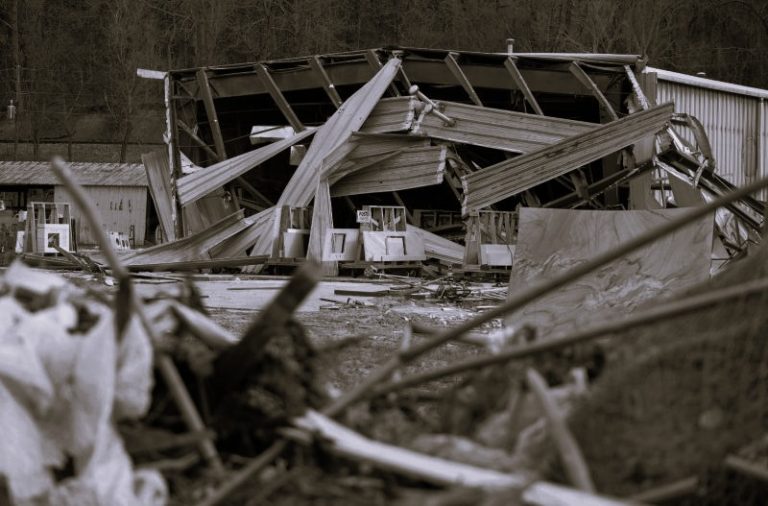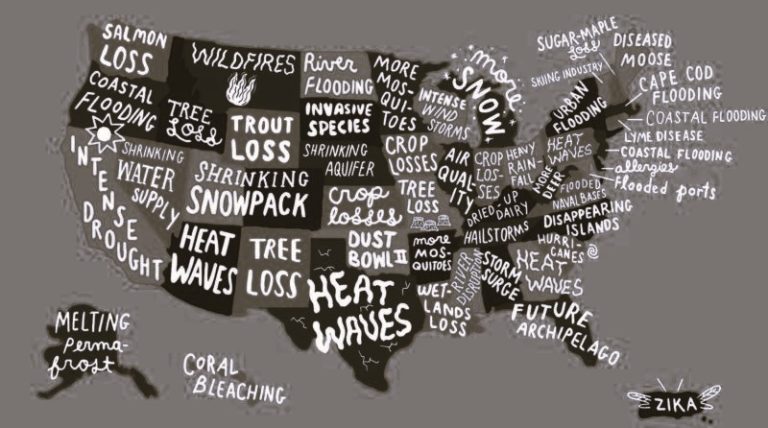

When they happen in residential areas, oil spills can be a huge environmental hazard, posing risks to health, property, and local ecosystems. Whether caused by a leaking oil tank, a damaged pipeline, or an accidental spill during refueling, it’s crucial to act promptly and responsibly. Proper management will ensure there is minimal damage and safeguards the well-being of the residents. Here’s a step-by-step guide to handling a residential oil spill clean-up.
Prioritize Safety
The first step in managing an oil spill is ensuring the safety of everyone in the vicinity. Oil can release harmful vapors that may cause respiratory issues or other health problems. Evacuate the area if necessary and avoid inhaling fumes. Turn off any ignition sources nearby, such as electrical appliances or open flames, to prevent the risk of fire.
If the spill has happened indoors, ventilate the space immediately by opening windows and doors. Wearing personal protective equipment (PPE) such as gloves, masks, and goggles is recommended to minimize exposure.
Contain the Spill
Containing the spill is critical to prevent it from spreading further. Use absorbent materials like sand, kitty litter, or specialized spill kits to limit the spread of the oil. Create a barrier around the affected area to stop the oil from reaching water sources, drains, or sensitive environments such as gardens.
For spills that occur on hard surfaces like driveways, ensure that the oil doesn’t seep into cracks or nearby soil, as this can complicate the clean-up process.
Assess the Damage
Before proceeding with the clean-up, it’s essential to assess the extent of the spill. Identify how much oil has been spilled and the areas it has impacted. Take note of any contamination to soil, water sources, or structures. This assessment will help to determine whether professional assistance is required.
Begin the Clean-Up
For minor spills, you may be able to clean up using absorbent materials and cleaning agents specifically designed for oil. Start by collecting the absorbent material that has soaked up the oil and place it in a sealed, leak-proof container for disposal. Responsible waste oil disposal helps protect the environment and ensures that clean-up efforts are fully effective. Clean the affected surfaces thoroughly using appropriate detergents and water.
For outdoor spills, contaminated soil may need to be removed and replaced. Ensure that any waste generated during the clean-up is handled and disposed of according to local regulations.
Get Professional Help
In cases of extensive or complex spills, it’s advisable to contact a professional clean-up service. Specialists have the expertise and equipment to handle oil spills safely and efficiently, ensuring that all traces of contamination are removed.
One reliable company for professional assistance is pcla.co.uk, a trusted provider of spill response and clean-up services. They can assess the situation, mitigate risks, and carry out a thorough clean-up to restore safety and environmental integrity.
Prevent Future Spills Once the spill has been addressed, take steps to prevent future incidents. Regularly inspect and maintain oil tanks, pipelines, and heating systems to identify and repair potential issues. Ensure proper storage and handling of oil to minimize the risk of accidents.


